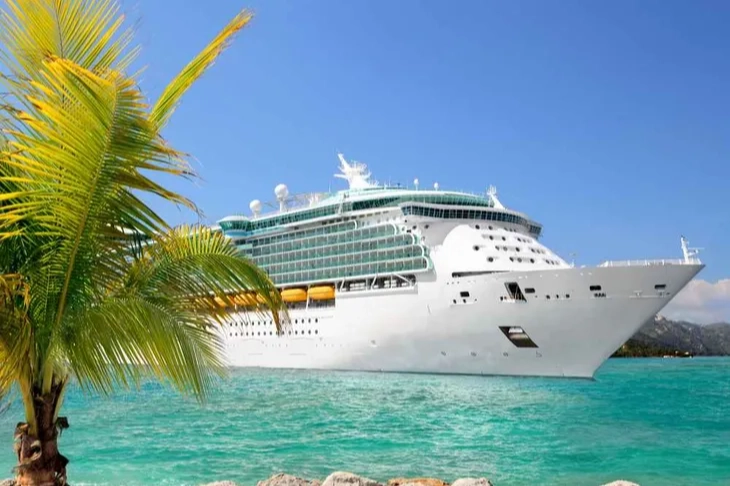The cruise sector is expected to see a significant increase in passenger numbers with growth projected until 2028. In response to environmental concerns, the sector is modifying its ships to use electricity and comply with EU regulations. However, concerns about over-tourism are leading to protests, especially in Europe, affecting popular ports such as Barcelona.

Concerns Over Overtourism Expected to Fuel Cruise Sector Growth Until 2028
The cruise sector is on track to significantly increase its passenger numbers, expecting to carry more passengers by 2028 compared to the 31.7 million recorded in 2023. This growth is occurring as the industry recovers and surpasses pre-pandemic levels. Marie-Caroline Laurent, the European Director of the International Cruise Lines Association (CLIA), announced that 57 new cruise ships have been ordered in addition to the current fleet of approximately 300 ships to meet the anticipated demand.
In response to environmental concerns and in compliance with EU maritime regulations set to take effect by 2030, cruise companies are modifying their ships to use electricity instead of highly polluting marine fuel when docked at ports. However, the sector's expansion is not without challenges. Protests against overtourism have emerged in popular European destinations, most recently in Barcelona, where demonstrators targeted tourists with water guns.
According to CLIA representatives, Barcelona, the largest cruise port in Europe, accounts for only 4% of the city's total tourist visits. Despite this, Barcelona Mayor Jaume Collboni has expressed his intention to negotiate a new agreement with the port to reduce the number of day-trip stops by cruise ships.
Laurent from CLIA highlighted the potential impact of these protests on future cruise itineraries, suggesting that adjustments could be made to ensure passengers are well-received. She indicated that the industry might focus on expanding cruise vacations to Asia, Northern Europe, the Caribbean, and alternative Mediterranean ports. While the World Travel and Tourism Council predicts Spain's tourism revenue will approach €100 billion in 2024, up from 2019, the cruise sector forecasts a modest 5% increase in visitors to Spain. This figure is significantly lower than the overall summer tourism growth expected by Spanish officials.